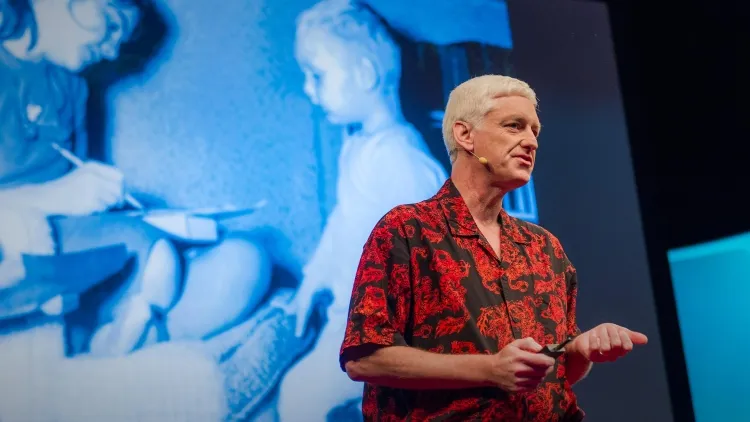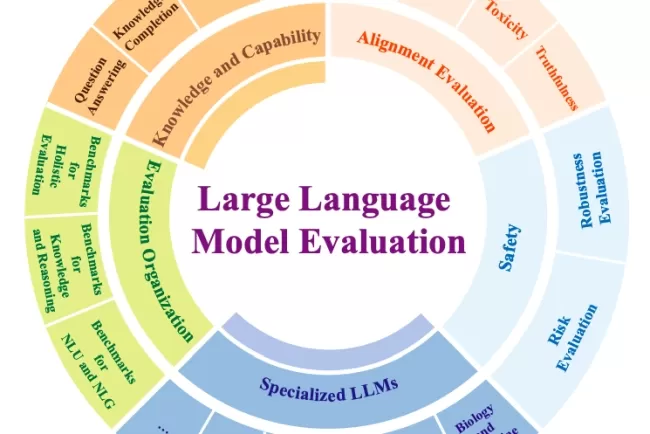Peter Norvig: A Pioneer in Artificial Intelligence and Computer Science...!!!
Peter Norvig's legacy in AI is characterized by his contributions to education, research, and industry. His work has shaped the understanding and application of AI, influencing both current and future generations of computer scientists. As a researcher, educator, and thought leader, Norvig continues to inspire and guide the development of artificial intelligence.

Peter Norvig is a notable figure in the realm of computer science, renowned for his significant contributions to artificial intelligence (AI). Born on December 14, 1956, Norvig's illustrious career as a researcher, educator, and author has left a profound impact on the development and comprehension of AI, establishing him as a respected authority in the field.
Early Life and Education
Peter Norvig was raised in an academic environment. His father, originally from Denmark, relocated to the United States after World War II to pursue mathematics at the University of Minnesota. This early exposure to academia influenced Norvig's intellectual pursuits. He earned a Bachelor of Science in applied mathematics from Brown University and later completed a Ph.D. in computer science at the University of California, Berkeley. His doctoral thesis, "A Unified Theory of Inference for Text Understanding," was supervised by Robert Wilensky.
![]()
Career and Contributions
Norvig's career encompasses a range of prestigious institutions and roles. He has held positions as an assistant professor at the University of Southern California and as a research faculty member at Berkeley, laying the groundwork for his future contributions to AI and computer science.
One of Norvig's most prominent achievements is co-authoring the textbook "Artificial Intelligence: A Modern Approach" with Stuart J. Russell. This textbook is regarded as the definitive work in AI and is used in over 1,500 universities across 135 countries. It provides a comprehensive introduction to AI, covering topics such as search algorithms, machine learning, natural language processing, and robotics, significantly shaping AI education for countless students and professionals.
Norvig's professional journey includes major contributions to both academia and industry. He led the Computational Sciences Division (now the Intelligent Systems Division) at NASA Ames Research Center, overseeing research and development in fields such as autonomy and robotics, automated software engineering, data analysis, neuroengineering, collaborative systems research, and simulation-based decision-making. His leadership at NASA advanced the agency's capabilities in AI and computational sciences.
In the private sector, Norvig has held key positions at various companies. As the chief scientist at Junglee, he helped create one of the first internet comparison-shopping services. He also served as the chief designer at Harlequin Inc. and as a senior scientist at Sun Microsystems Laboratories, applying his AI and software engineering expertise to practical problems, further cementing his reputation as an expert.

Google and Beyond
Norvig's most influential industry role has been at Google, where he served as the director of research and search quality. He was responsible for overseeing the company's research initiatives and ensuring the quality of its search algorithms. His work at Google has had a significant impact on the development of search technologies and the application of AI in large-scale systems.
Additionally, Norvig has been involved in various educational endeavors. He teamed up with Sebastian Thrun to create an online course in artificial intelligence, attracting over 160,000 students. This course was one of the early massive open online courses (MOOCs), showcasing the potential of online education to reach a global audience.
Publications and Research
Norvig has authored and co-authored over fifty publications in various computer science domains, including artificial intelligence, natural language processing, information retrieval, and software engineering. His books, such as "Paradigms of AI Programming: Case Studies in Common Lisp" and "Verbmobil: A Translation System for Face-to-Face Dialog," have been instrumental in advancing the understanding and application of AI techniques.
His research interests are broad, covering areas like machine learning, probabilistic reasoning, and the development of intelligent systems. Norvig's work often focuses on the practical application of AI, bridging the gap between theoretical research and real-world implementation.

Awards and Recognition
Peter Norvig's contributions to AI have been widely acknowledged. He is a Fellow of the Association for the Advancement of Artificial Intelligence (AAAI) and the Association for Computing Machinery (ACM), reflecting his significant impact on the field and his commitment to advancing AI understanding and application.
Personal Interests and Legacy
Beyond his professional achievements, Norvig is known for his engaging writing and presentations. His essay "Teach Yourself Programming in Ten Years" is a popular resource for aspiring programmers, offering practical advice and insights into the learning process. He also maintains a personal website where he shares technical papers, essays, and other materials related to his work.
What's Your Reaction?

















